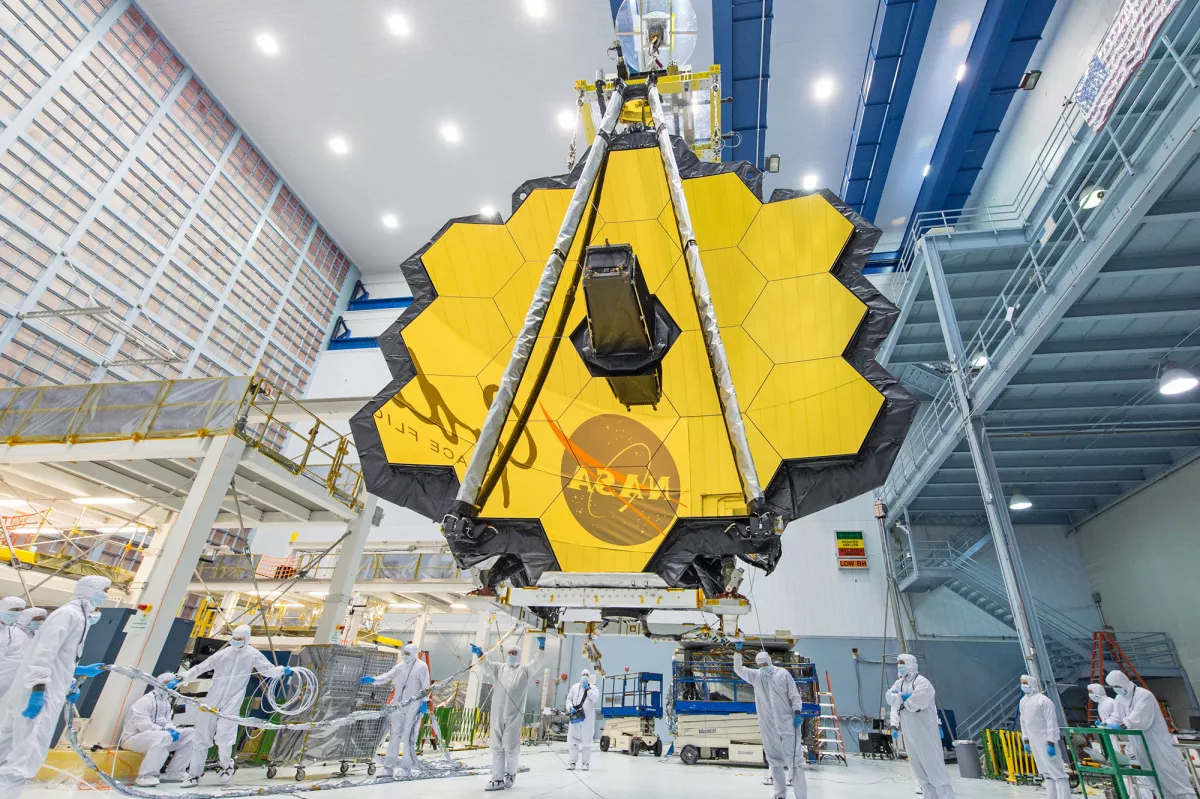Emergency decision reached to use powerful telescope for study of approaching "city killer" asteroid
Humanity's most powerful space telescope, the James Webb Space Telescope (JWST) is set to conduct two emergency observations of the potentially hazardous "city killer" asteroid, which scientists have calculated bares a 2.3% chance of colliding with Earth in December 2032. In the coming months, an international team of astronomers will have priority access to JWST for this time-sensitive research.
The asteroid, officially named 2024 YR4, has been discovered in December 2024 by NASA’s Asteroid Terrestrial-impact Last Alert System and currently ranks as the most dangerous known asteroid in the solar system. According to an article by Live Science, scientists have estimated to be around 55 meters in diameter based on available information—approximately the height of the Leaning Tower of Pisa. While it is not large enough to cause a global catastrophe like the asteroid that led to the extinction of the dinosaurs 66 million years ago, an impact could still be devastating on a regional scale. A similar-sized asteroid is believed to have caused the 1908 Tunguska event, which flattened 80 million trees across a vast area of Siberia.
However, the current size estimate for 2024 YR4 is based on observations from ground-based telescopes, which can only analyze the sunlight reflecting off the asteroid’s surface. As a result, there is significant uncertainty regarding its true size. The asteroid could be anywhere from 40 meters wide with a highly reflective surface to 90 meters across with a much darker surface. This variability is crucial, as a larger asteroid would pose a much greater hazard upon impact.
The upcoming JWST observations will help refine the asteroid’s true size and composition. Unlike ground-based telescopes, JWST will use infrared instruments to detect the heat emitted by the asteroid itself. This approach provides a much more accurate measurement of its dimensions and surface properties, bypassing the distortions caused by Earth's atmosphere.

The European Space Agency (ESA) emphasized the importance of obtaining precise measurements, as the potential consequences of an impact vary dramatically based on the asteroid’s actual size. A smaller, more reflective asteroid might pose less risk, while a larger, darker one could be far more dangerous. Accurate data will also help in determining whether future mitigation efforts—such as deflection missions—are necessary.
JWST will first observe 2024 YR4 in March, when the asteroid is at its peak brightness. A second observation is planned for May, as the asteroid moves further from the Sun. This will be the last opportunity to gather data on 2024 YR4 before its next close approach in 2028.
By analyzing these observations, astronomers hope to gain a clearer understanding of the asteroid’s physical properties, improving predictions of its trajectory and impact risk. Additionally, this research will contribute to the broader effort of planetary defense, enhancing strategies for identifying and mitigating potential asteroid threats to Earth.
As NASA and ESA continue to develop next-generation asteroid-hunting telescopes, JWST’s infrared capabilities will provide crucial early insights into near-Earth objects like 2024 YR4. These observations will help shape future efforts to safeguard the planet from potentially hazardous asteroids.
By Nazrin Sadigova








